Snow Queen Oakleaf Hydrangea
$49.50 Original price was: $49.50.$34.65Current price is: $34.65.
- Free Shipping over $25
- Fast & reliable delivery options
- Enjoy top quality items for less
- Multiple safe payment methods

Hydrangeas are the most popular of the summer-flowering shrubs. They are beautiful, but growing them can be a little complicated, with needs for acid soil, moisture and detailed pruning. For a much easier hydrangea, that grows well in most conditions, and that is more sun and drought-resistant than the traditional plants, grow the Snow Queen Hydrangea. This robust shrub forms a broad, medium-sized plant, covered in big, beautiful, snow-white conical flower heads that seem to last forever. This plant is a reliable bloomer, and the flower heads are held up on sturdy stems, so they don’t flop when it rains. Adding to the beauty of the snow-white blooms are the large, decorative leaves, that look like giant oak leaves. Even better, those leaves turn glowing shades of deep red and purple in fall, so this great garden shrub gives us a whole extra season of pleasure.
Growing the Snow Queen Hydrangea
Size and Appearance
The Snow Queen Hydrangea is a fast-growing deciduous shrub, reaching 4 to 6 feet tall and 6 to 8 feet wide. It has a dense, twiggy growth habit, and it soon forms a dome-shaped shrub that will fill your beds with dense foliage and beautiful flowers. The bark peels off in thin strips, revealing bright inner bark of tan to brown, and this makes it a handsome winter feature. The leaves are large and striking. Up to 6 inches long and wide, they are divided into 5 lobes, looking like a giant oak-leaf. The new leaves in spring are covered with a soft, pale tan fur, and they mature to be a deep, rich green, with a dry, dense and leathery texture. The underside of the leaf remains velvety and soft, with short pale-tan hairs. In fall they turn stunning shades of red, burgundy and purple, and they make a great show. In zone 9 this plant may remain semi-evergreen.
The flowers of the Snow Queen Hydrangea are of course the big feature – and big they certainly are. By early summer each stem is topped with a large conical flower cluster up to 12 inches long, and 5 inches wide, packed with many individual flowers. 50 to 60 of the flowers in each head are ½ to 1 inch across, with four flat petals. In between them are many tiny, fluffy flowers, and together they make a fascinating flower head of pure white. Flowering begins by the middle of June, and it continues until the end of July, with the flowers keeping their brilliant, pure, snow white color. After that they slowly develop pink to purple tones, still looking lovely, so this plant is decorative for the whole summer and into fall. This is one of the most reliable plants for consistently producing blooms, so your summer of flowers is virtually guaranteed.
Using the Snow Queen Hydrangea in Your Garden
Grow a specimen in a shrub bed or plant a group in a larger bed. Grow a row along a driveway or use it in the foundation planting around your home. Plant it at the edges of a wooded area, near a pond or above a stream. Because this plant is a selection of a native shrub, it can be grown in natural gardens too. Wherever you need a beautiful, medium-sized shrub that is trouble-free, the Snow Queen Hydrangea is the obvious choice.
Hardiness
The Snow Queen Hydrangea is reliably hardy everywhere but the coldest zones. It grows just as well in zone 5 as it does in zone 9.
Sun Exposure and Soil Conditions
Full sun or partial shade are ideal conditions for the Snow Queen Hydrangea. This plant is much more resistant to full sun than other hydrangeas, so you don’t have to plant it just in partial shade – although it will thrive in areas like that. You can plant it out in full sun, and that will also give you the best fall colors. Deep shade may reduce flowering, but it will still be lovely as a foliage plant. The soil should be rich and moist, although it is much more drought-resistant, once well-established, than other types of hydrangeas. The soil must be well-drained, and this plant is sensitive to wet, poorly-drained soil, so plant it on slopes and banks, not in low-lying wet areas.
Pruning and Maintenance
The Snow Queen Hydrangea needs no special care and it is usually free of pests or diseases. Deer won’t eat it. Pruning is not usually needed, but you can remove weak or damaged branches as it grows, keeping a strong framework of branches. Remove the spent flower heads at any convenient time, and don’t trim back the stems in spring, as flowers form from the ends of older stems. If you need to prune, do it at the end of July, allowing time for new growth to develop and mature for the following year.
History and Origins of the Snow Queen Hydrangea
The Snow Queen Hydrangea is a selected form of the Oak-leaf Hydrangea, Hydrangea quercifolia. This plant grows in damp woodlands from Georgia south into Florida and Louisiana, and it is the State Wildflower of Alabama. Around 1975, William Flemer lll, the owner of Princeton Nurseries in South Brunswick, New Jersey, sowed seeds of the Oak-leaf Hydrangea, as he did every year. The seedlings were planted in the nursery to grow, and he noticed that one plant had much larger flower heads, with more white flowers in them, and they were carried on extra-strong stems. He was granted a patent on his new plant in 1979 (PP# 4,458) which expired in 1999. The plant was later officially named ‘Flemygea’ and it is sold under the trademarked name of Snow Queen™.
Buying the Snow Queen Hydrangea at The Tree Center
This great shrub is carefully reproduced from stem pieces, to retain the original unique properties of Flemer’s discovery. Cheaper seedling plants won’t be anywhere near as glorious as this beautiful plant. With their ability to resist sun and drier conditions, these hydrangeas are always in high demand, so our stock goes soon. Order now and enjoy the plant that won the Philadelphia Horticultural Society’s Styer Gold Medal for Garden Merit in 1989 – see how good it is?
Be the first to review “Snow Queen Oakleaf Hydrangea” Cancel reply
Related products
Butterfly Bush
Boxwood Shrubs
Rhododendron
Butterfly Bush
Hibiscus
Boxwood Shrubs
Shrubs and Hedges
Hydrangeas

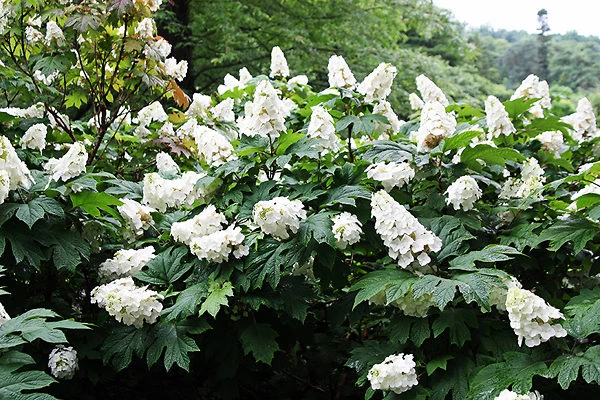




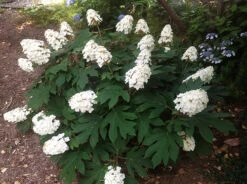




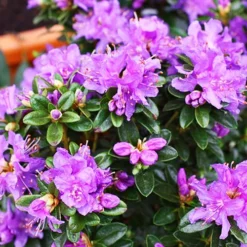
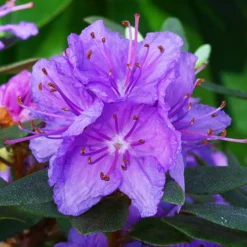

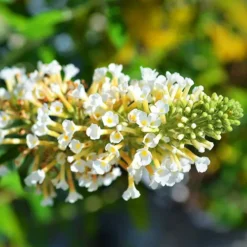
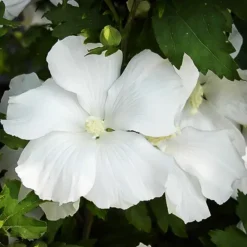
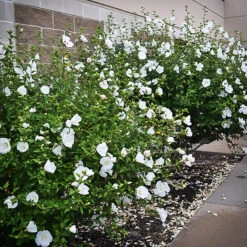


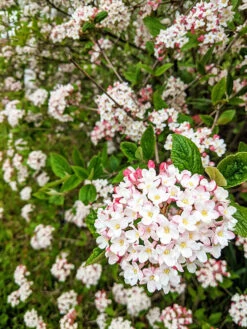
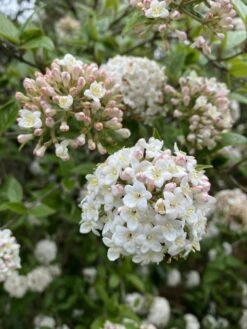


Reviews
There are no reviews yet.